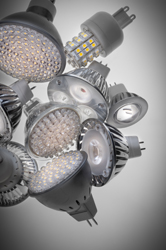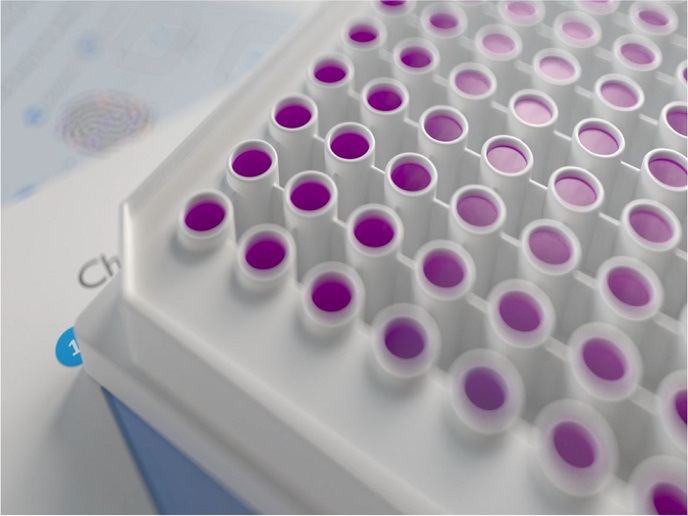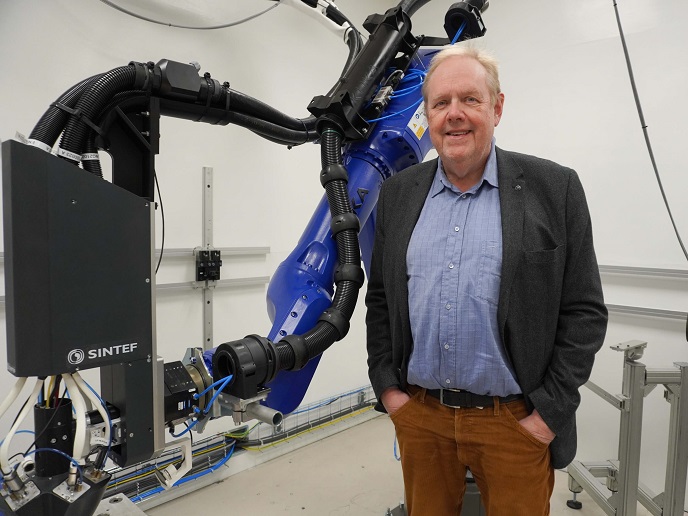Diffractive optics light up with potential
Light emitting diodes (LEDs) are all the rage in the lighting industry - they are much more energy efficient and cost effective compared to traditional lighting. LEDs are now used not only to illuminate rooms, but also in TVs, monitors and a wide variety of electronics and appliances. While LED technology is catching on everywhere, there are still some challenges to overcome, such as dispersing the light effectively over large areas. This requires advances in the area of diffractive optics (DO), i.e. the development of highly complex micro-structured surfaces that distribute light evenly and efficiently. DO technology reflects, combines and refracts light to harness its intensity. However, DO elements are expensive to produce and can limit lighting performance. The EU-funded 'Flexible patterning of complex micro-structures using adaptive embossing technology' (Flexpaet) project is working on improving the production of micro-structure surfaces used in DO elements and on decreasing their cost. The project is working to bridge the gap between conventional micro-manufacturing technologies, generating industrial-scale, cost-effective production of a new generation of innovative, high value-added products. To achieve this, Flexpaet is working to enable the transfer of lab-scale manufacturing processes to an industrial-scale production of high-quality, large-area DO elements for a variety of advanced lighting solutions. Flexpaet has yielded strong results that are likely to advance the LED lighting sector. To illustrate, micro-embossing is an important part of DO technology, requiring complex studies and tests. Not only has the concept for micro-embossing been validated but also the entire process chain. The process begins with micro-machining of tools for new optical designs, ending with the mass production of micro-structured samples. So far, micro-embossing and replication of the desired components have been realised for relatively small surfaces. The second half of the project is focusing on processing surfaces up to 2 metres squared, opening up the industry to a variety of applications. Combined with this new process for making DO components, LED lighting is set to take off exponentially, and Europe will be at the core of this innovative technology. Indeed this work stands to strengthen European industry against Asian competition in the lucrative high-end consumer products market.







